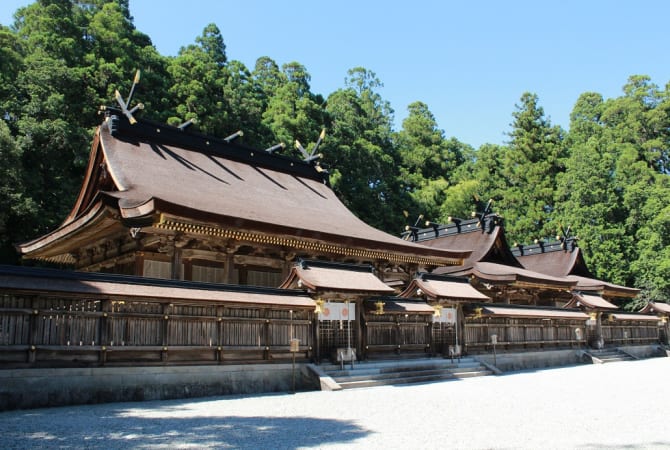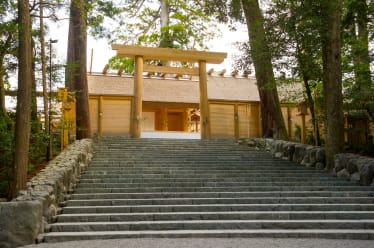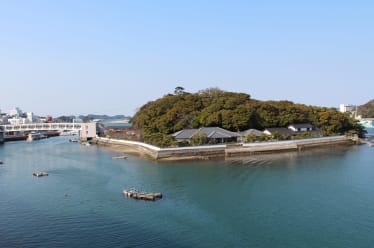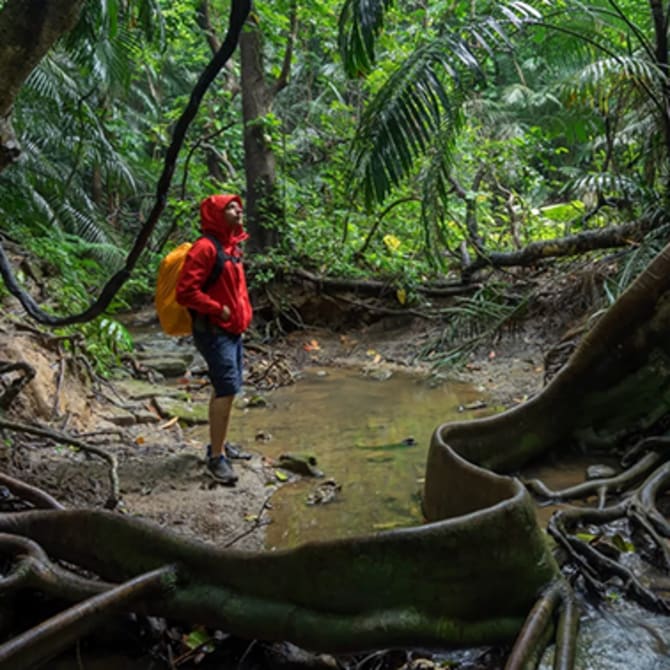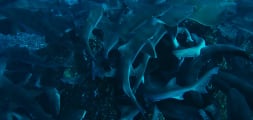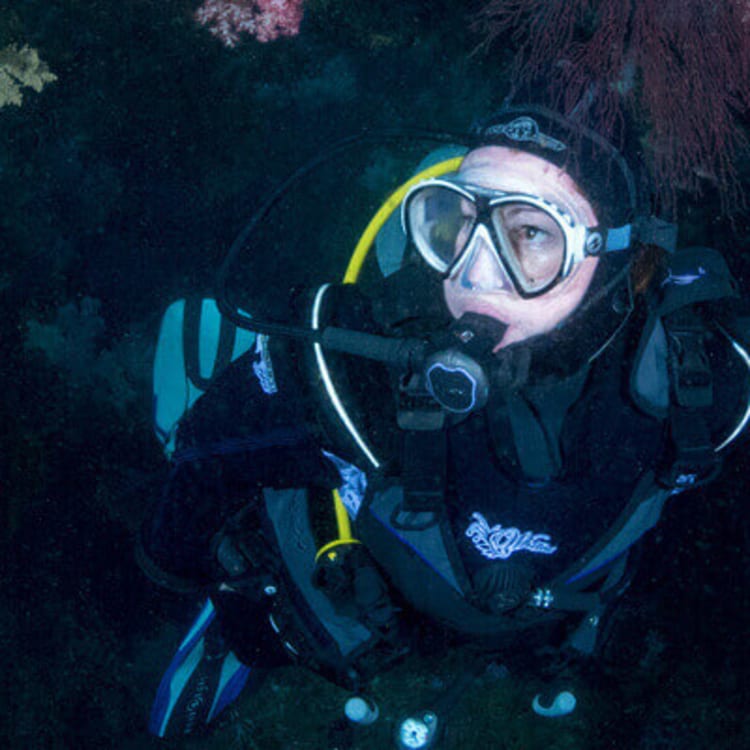
Wakayama/Mie Diving Guide
Macro Mecca of Honshu
The Kii Peninsula, in the south of Kansai, offers some spectacular scuba sites for divers of all abilities. Its vibrant waters are home to a stunning variety of biodiversity, all within easy reach of the major cities. Diving is possible here all year round – the summer months have the advantage of warmer temperatures, while the winter sees exceptional underwater visibility. Discover more in this introduction to five destinations in Mie and Wakayama prefectures.
What you can see
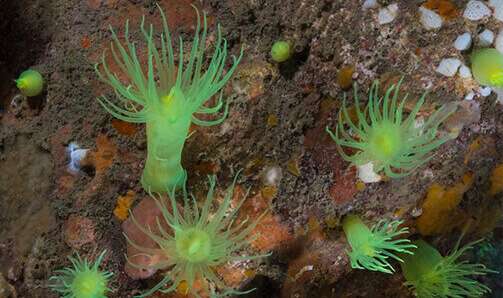
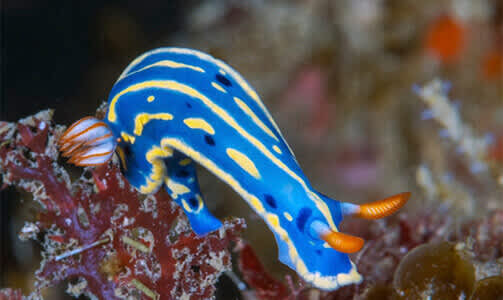
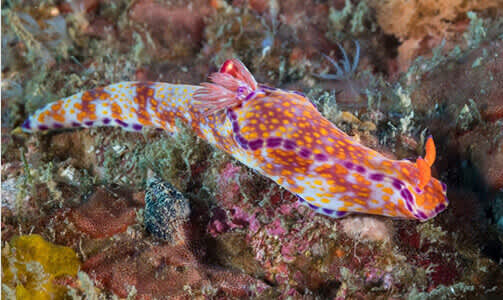
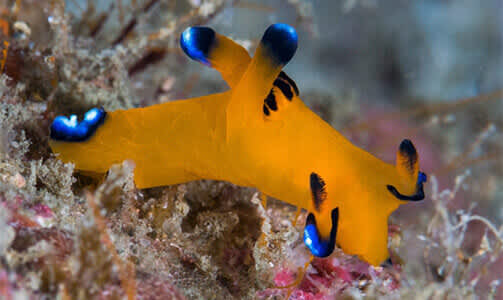
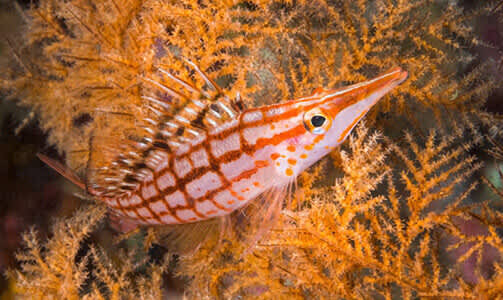
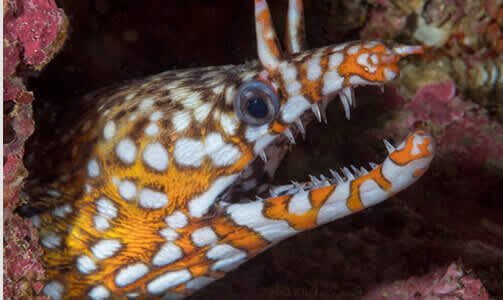
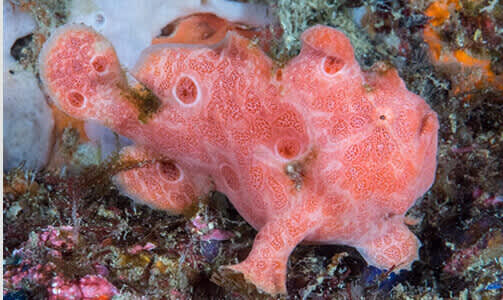
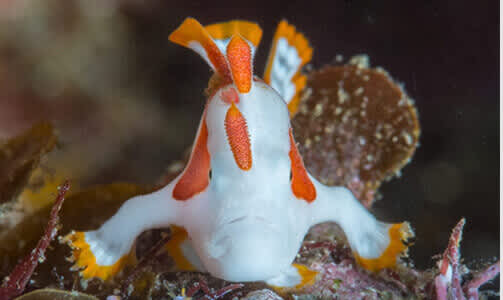
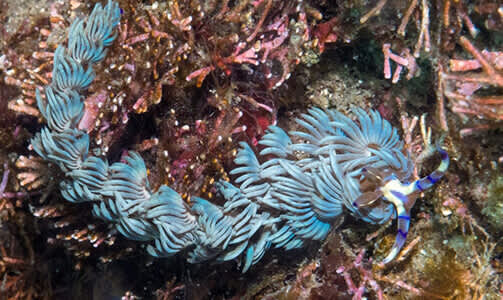

Wakayama
Kushimoto
Kushimoto marks the southernmost point of Japan’s main island of Honshu and is widely regarded as Kansai’s best diving spot. Its rich and vibrant waters support a stunning array of fish, plus over 120 species of coral and sponges.
One popular location is the Black Tunnel, an advanced diving point over 30 meters deep that boasts an incredible variety of sea creatures and an imposing arch covered in colorful sea fans. Freshwater diving is possible at Nukumi, a river site with plenty of miniature marine life such as shrimps and crabs. Back in the ocean, divers of all levels should head for the Glass World dive spot for the unmissable chance to swim alongside sea turtles.
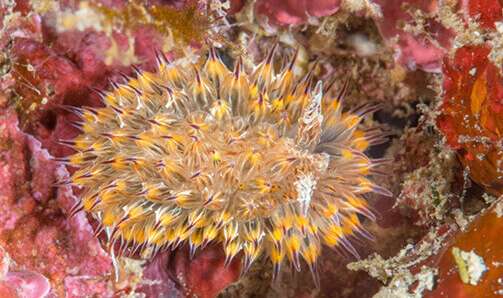
Shirahama
This seaside resort is famous for its onsen (hot springs) and the pristine 500-meter sandy beach from which it gets the name Shirahama, meaning ‘white beach’. This combination of fun and relaxation attracts visitors from across the country, particularly during the hot summer months.
Shirahama also has plenty to offer beneath the water’s surface, with over 20 dive sites within a 15-minute boat ride of the shore. These range from beginner level to advanced, with a variety of different topographies and impressive biodiversity. One of the numerous highlights is the 28-meter-long sunken wreck of a tugboat that kaleidoscopic schools of fish now call home.
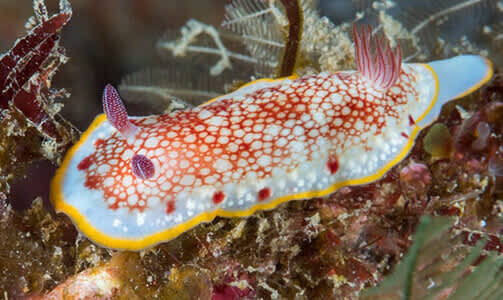
Tanabe
Just a two-hour train ride from Osaka, Tanabe is home to some of the world’s most northern coral reefs thanks to the warming effect of the Kuroshio current. With numerous dive spots, divers can enjoy seeing an abundance of marine life, including gobies, sea squirts, crustaceans, and – in deeper waters – rare fluorescent sea anemones.
The second largest city in Wakayama, Tanabe is another key location for accessing the Kumano Kodo trail. From here, the Nakahechi and Ohechi routes lead east and south through the mountains towards the Kumano Sanzan – the three grand shrines of Kumano, the most important sites on the pilgrimage paths.
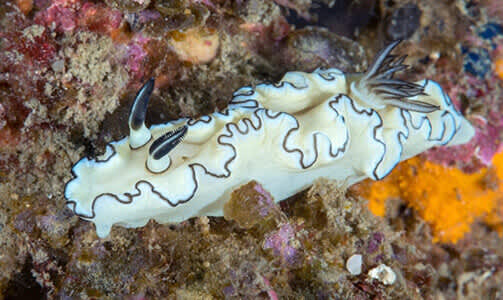
Mie
Owase
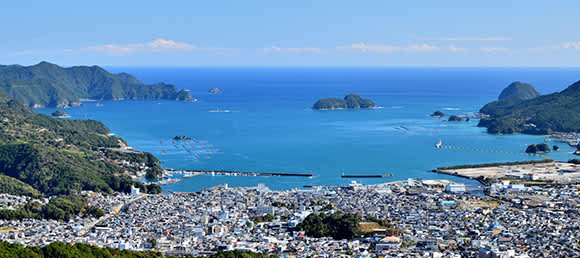
A small town in the south of Mie prefecture, Owase is known for its fisheries and beaches. Its coastal location also makes it fantastic for divers, with several dive spots situated just offshore. It’s possible to see coral, jellyfish, octopus, shrimp and various types of nudibranch, as well as the numerous species of fish that the area is famous for.
Owase is also a great place for accessing the Kumano Kodo trail, an ancient network of paths that extends across Osaka, Wakayama, Nara and Mie prefectures. The section that passes through Mie is known as the Iseji route and runs from Ise Shrine all the way south to Wakayama.
Shima

Shima city is located within the Ise-Shima National Park and is known for its beautiful beaches and stunning coastline. The area’s other ocean-related claim to fame is the local ama – female free-divers who gather seaweed, pearls and shellfish using traditional techniques that date back thousands of years. While it is possible to dive with the ama, rest assured you can also enjoy modern scuba diving here with all the usual equipment!
About Wakayama

Wakayama Prefecture is a prefecture is located on the Kii Peninsula in the Kansai region. It’s best known tourist attraction is Mount Koya (Koyasan), the headquarters of Shingon Buddhism.Just a couple of hours south of the electric city of Osaka, there is a place where ancient pathways lead to hidden shrines shrouded in mist; where monks worship waterfalls and mystical forests float. The mountains here are a sacred dwelling for the gods and known for their restorative powers, while along the saw-tooth coast healing onsens (hot spring baths) merge with the clear waters of the ocean.
Located on the remote Kii peninsula on the southern coast of Kansai, Wakayama prefecture makes up a large part of the UNESCO World Heritage Sacred Sites and Pilgrimage Routes in the Kii Mountain Range, linked by the ancient Kumano Kodo.
As Japan’s biggest producer of mandarin oranges and home to, for some, the best ramen (Chuka soba) shops in the country, you will probably not be disappointed with the local food offered here. Chuka soba (Chinese noodle) have been popular in Wakayama from long time ago as a common people delicacy. The popular, soy sauce-based broth (shoyu) or a pork and soy sauce broth (tonkotsu-joyu) you see in Ramen now a days, can be said that, it is from this region. This is to be expected, as “soy souse” itself was born in this area.
If you are a meat lover, you should try Wakayama Beef (Wagyu beef). The Kumanoushi cow breed from Kumano, is something you may want to try. Over the centuries, the breeders here created a top-grade Wakayama beef (kumano-gyu) which is now famous throughout Japan.
As for diving, Kii peninsula is a day trip away from the center of Osaka. It is a few hours away but here you can see dive in the beautiful Pacific Ocean surrounded by nature.
About Mie
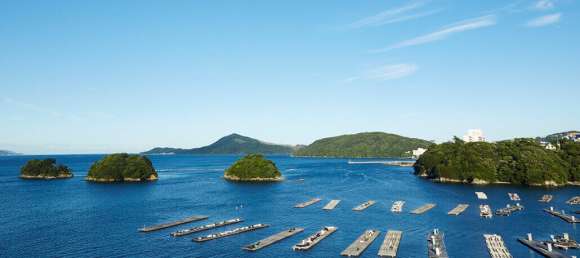
Mie is a prefecture of Japan located in the Kansai region of Honshu. It is located on the eastern coast of the Kii Peninsula, forming the western side of Ise Bay which feature the mouths of the Kiso Three Rivers.
South of the Shima Peninsula, it is a warmer Pacific marine climate, with Owase Region having one of the heaviest rainfall figures for all of Japan.
35% of the areas are designated Natural Parks, Quasi-National Parka, and Prefectural Natural Park.
Mie Prefecture is where the famous Ise Jingu, where many visitors visit from all over the world, all year round. You can say that, it is the heart of all shrines in Japan.In Mie, there are plenty of other tourist attractions you can visit during your stay.
If you are a meat lover, you must try the Matsusaka beef (Matsusaka Ushi). If you want something from the Ocean, Ise-ebi (lobster) and local oysters are a good choice.
As it is located in the middle of Osaka and Nagoya, you can use the "Kintetsu Rail Pass" and "Ise-Kumano-Wakayama Area Tourist Pass of JR Central" for transport into this area.























































